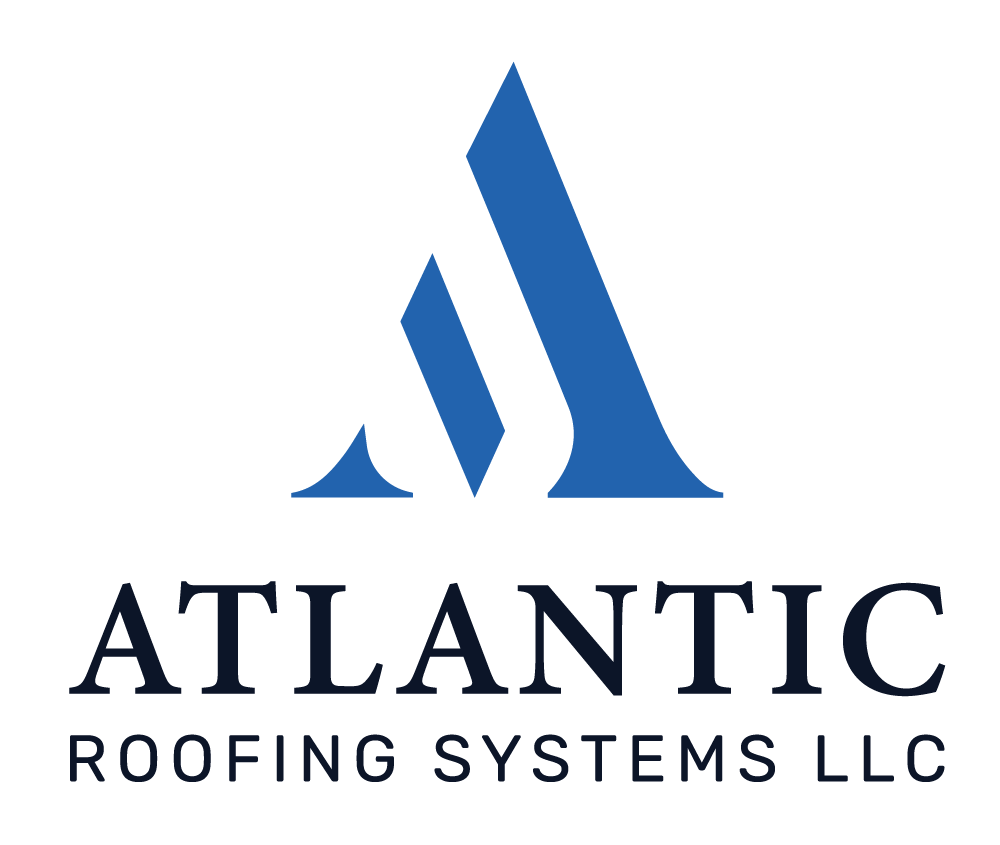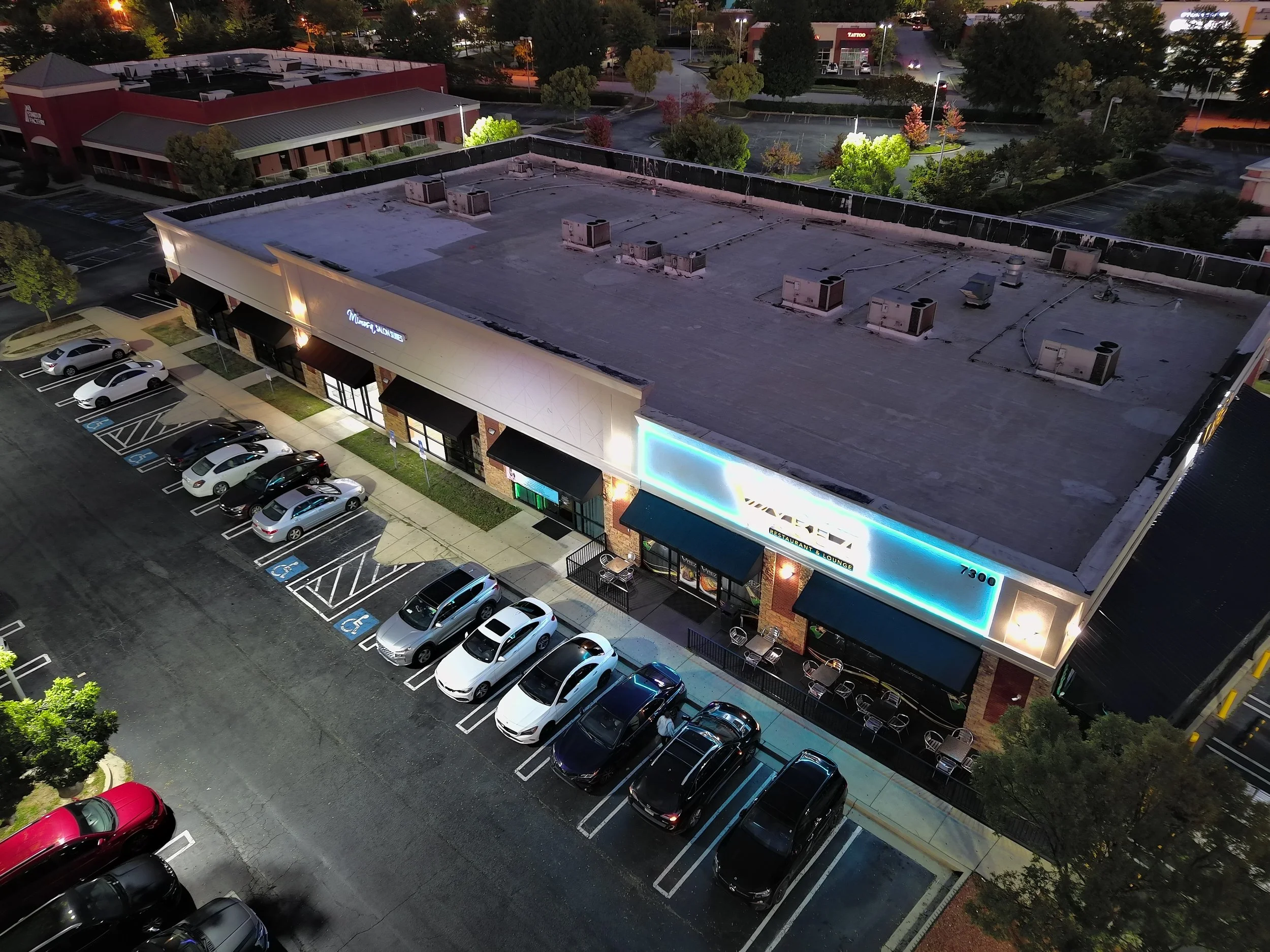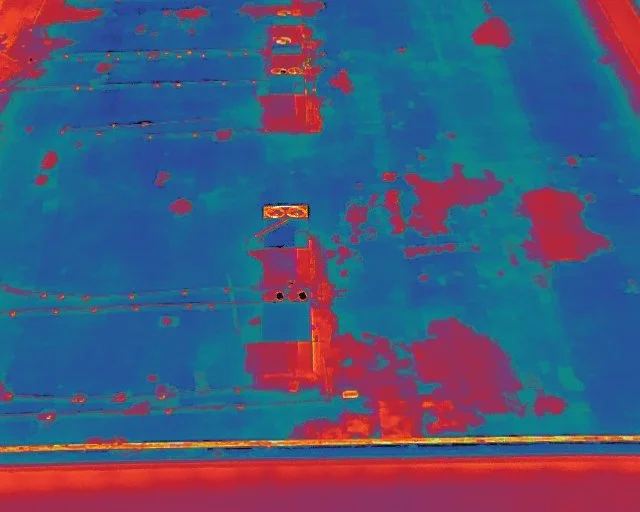The Necessity of Aerial and Thermal Inspections for Commercial Roofing: Why Your Business Should Invest
Introduction
In the commercial real estate landscape, the roof is often an overlooked yet crucial component of a property’s value and functionality. Beyond merely serving as a protective barrier against the elements, a well-maintained roof plays a critical role in the overall operational efficiency and safety of a business. However, roofs are vulnerable to a range of issues—ranging from weather-related damage to general wear and tear—that can escalate into costly repairs if not properly monitored.
For businesses looking to protect their investments and ensure operational continuity, regular inspections are vital. Among the most effective methods for assessing roof condition are aerial and thermal inspections. In this article, we will explore why these advanced inspection techniques are essential for your commercial roofing strategy. We will examine how they can save costs, enhance safety, and ultimately protect your bottom line.
Understanding the Importance of Regular Roof Inspections
A commercial roof is subject to numerous stresses, from extreme weather conditions to mechanical wear from rooftop equipment. Regular inspections help identify potential issues early, allowing for timely intervention. Here are a few reasons why regular inspections are crucial:
Risk Mitigation: Regular inspections help identify vulnerabilities that could lead to leaks, structural failures, or other significant issues. This proactive approach mitigates risks that could disrupt business operations.
Compliance and Safety: Many industries have regulations requiring regular maintenance and inspections of commercial properties. Ensuring compliance not only protects businesses from fines but also enhances safety for employees and customers.
Asset Preservation: A roof is a significant investment. Regular assessments help extend its lifespan, ensuring you maximize your return on investment.
While traditional ground-based inspections can identify some surface-level issues, they often miss critical details that aerial and thermal inspections can uncover.
The Advantages of Aerial Roof Inspections
Aerial inspections harness drone technology to provide comprehensive assessments of commercial roofs. This method offers several distinct advantages over conventional inspection techniques:
Comprehensive Coverage: Drones can cover large areas quickly and efficiently, capturing high-resolution images and videos of every inch of the roof. This thorough examination ensures that no potential issues go unnoticed.
Access to Difficult Areas: Commercial roofs often feature complex structures with hard-to-reach areas. Aerial inspections eliminate the need for scaffolding or ladders, allowing inspectors to safely access challenging spots without risking damage to the roof or injury to personnel.
Detailed Documentation: Aerial inspections generate extensive visual documentation, which can be invaluable for record-keeping, insurance claims, and future maintenance planning. This level of detail helps stakeholders make informed decisions regarding repairs or replacements.
Efficiency and Cost-Effectiveness: Aerial inspections can be completed in a fraction of the time it would take for traditional inspections. This efficiency minimizes disruption to business operations and reduces labor costs associated with lengthy inspection processes.
By leveraging aerial technology, businesses can gain a clearer understanding of their roof's condition, allowing for informed decision-making regarding maintenance and repairs.
The Role of Thermal Imaging in Roof Assessments
Thermal imaging is another powerful tool that complements aerial inspections. Utilizing infrared technology, thermal cameras can detect temperature variations on the roof surface, revealing valuable insights:
Identifying Moisture Intrusion: Thermal imaging can pinpoint areas where moisture has penetrated the roofing materials. Wet spots will appear as temperature anomalies, indicating potential leaks that could lead to significant damage if left unaddressed.
Assessing Insulation Efficiency: Poor insulation can lead to energy inefficiencies and increased utility costs. Thermal imaging helps identify areas where insulation may be lacking or compromised, enabling businesses to make necessary improvements.
Detecting Ventilation Issues: Inadequate ventilation can lead to overheating and condensation problems. Thermal imaging can reveal temperature imbalances that indicate ventilation issues needing attention.
Spotting Structural Defects: Subtle structural problems, such as cracks or gaps in roofing materials, may not be visible during traditional inspections but can be detected through thermal imaging.
Combining aerial insights with thermal imaging provides a comprehensive view of your roof's health, enabling businesses to address issues before they escalate into major problems.
When to Schedule Aerial and Thermal Inspections
Understanding when to conduct aerial and thermal inspections is key to maintaining a healthy commercial roof. Here are several scenarios in which businesses should prioritize these assessments:
After Severe Weather Events: High winds, heavy rain, or snowstorms can cause significant damage to roofs. Following such events, it's critical to have an inspection conducted promptly to assess any potential impacts.
Before Property Transactions: Whether buying or selling a commercial property, conducting thorough aerial and thermal inspections is essential. These assessments provide crucial insights into the property's condition, helping inform negotiations and decisions.
Routine Maintenance Intervals: For most commercial properties, scheduling inspections every 1-3 years is advisable. This proactive approach allows businesses to catch minor issues before they become larger concerns.
Following Major Renovations: If significant work has been done on a property—such as the installation of new HVAC systems or structural changes—inspections should be conducted afterward to ensure that the roof remains intact and functional.
Regularly scheduled aerial and thermal inspections help maintain the integrity of your commercial roof while safeguarding your investment.
The Economic Advantages of Roof Inspections
While investing in aerial and thermal inspections may seem like an unnecessary expense at first glance, the long-term economic benefits can outweigh the costs significantly. Here’s how regular inspections contribute to financial savings:
Early Problem Detection: By identifying issues early on, businesses can address them before they escalate into costly repairs or replacements. Catching small issues—like missing shingles or blocked drains—early can save substantial amounts in repair costs down the line.
Extending Roof Lifespan: Regular maintenance and timely repairs can prolong the lifespan of a commercial roof. This delay in needing a full replacement represents significant savings in capital expenditures.
Enhancing Energy Efficiency: Identifying insulation issues through thermal imaging can lead to improved energy efficiency in your building. Enhanced efficiency translates directly into lower utility bills over time.
Avoiding Insurance Claims: Undetected damage that leads to water intrusion or further structural problems may result in costly insurance claims. Regular inspections reduce this risk by allowing you to proactively address potential issues.
Maintaining Property Value: A well-maintained roof contributes positively to your property’s overall value. By investing in regular inspections and maintenance, you uphold the asset's value, benefiting you when it comes time to sell or lease the space.
The cost of conducting regular aerial and thermal inspections pales in comparison to the potential financial impact of neglecting your roof's condition.
Conclusion
For businesses looking to safeguard their investments in commercial real estate, regular aerial and thermal inspections of their roofs are not just beneficial—they are essential. These advanced inspection techniques provide comprehensive evaluations that help identify potential issues early on, thereby protecting both the physical integrity of the building and its financial value.
Through aerial assessments, businesses gain unparalleled coverage and access to hard-to-reach areas while minimizing safety risks and disruptions. Meanwhile, thermal imaging reveals critical insights into moisture intrusion, insulation efficiency, and ventilation problems that traditional methods may overlook.
Ultimately, investing in regular aerial and thermal inspections is a wise decision for any business owner concerned about long-term operational efficiency, cost savings, and regulatory compliance. By adopting a proactive approach to roof maintenance, you enhance not only the safety of your workplace but also your overall business success. Don't wait until issues arise—schedule your comprehensive roof inspection today and take a vital step toward protecting your investment.




